Did you know that weft hair extensions have been around since the 1950s? A woman named Christina Jenkins came up with a smart idea to sew hair onto a piece of fabric. This made putting on extensions faster and caused less damage to natural hair. Nowadays, there are many types of wefts, like hand-tied, machine-sewn, skin, and beaded wefts. But they all share one thing – they attached to your own hair using glue or sewing.
What are Weft Hair Extensions?
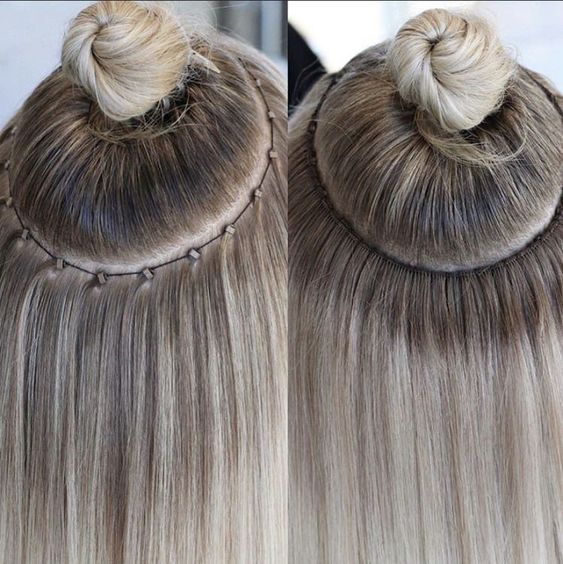
Weft hair extensions are really popular nowadays. They’re made by weaving real or synthetic hair into a base that can be attached to your own hair. You can put them on using bonding, sewing, clips, or tape-ins. If you want longer, fuller, or differently colored hair, weft extensions are a quick and lasting option – they can be applied in minutes and stay put for weeks or even months.
What are the benefits of weft hair extensions?
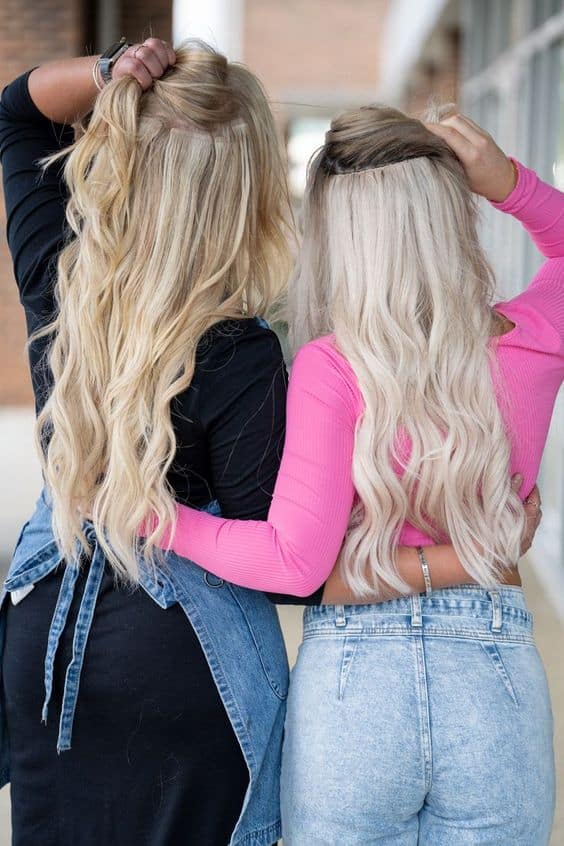
Weft hair extensions come with several advantages. Unlike other types like tape-ins, fusion, or clip-ins, they’re gentler on your hair. Wefts can worn for 2-3 months, causing less tangling or matting and are less likely to fall out. Here are more benefits:
- Quick Transformation: They add length or fullness to your hair in minutes.
- Versatile Application: You can attach them using bonding, sewing, clips, or tape-ins.
- Long-Lasting: Weft extensions can stay in place for weeks or even months.
- Material Options: Whether real or synthetic, weft extensions cater to different hair preferences.
- Enhanced Look: They’re an excellent way to boost volume, add color, or achieve both with your natural hair.
In summary, weft hair extensions are a popular and versatile choice, providing a quick, lasting, and customizable solution for hair transformation.
How is a Weft Constructed?

Sewing or bonding strands of real or synthetic hair onto a base creates a weft, which is like a hair strip. This is how we make it.
- Hair Choice: Pick either real human hair or synthetic fibers.
- Getting Strands Ready: Arrange and sort the hair strands by length and color.
- Base Material: Use fabric or silicone as the base for attaching the hair.
- Attaching Hair: Sew or bond the hair onto the base. Sewing creates a line of hair, while bonding uses adhesive.
- Even Look: Make sure the hair is spread evenly for a natural appearance.
- Final Touches: Trim any extra material, and sometimes, the weft may be processed for a better texture or color.
That’s it! The goal is to make a durable and natural-looking extension that easily goes with your own hair.
What are the different types of wefts?
Machine Wefts
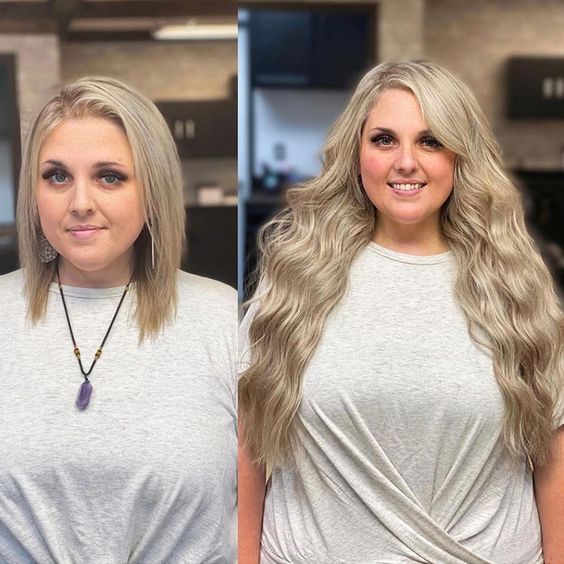
A special machine sews hair onto a base to create machine-made wefts.They’re good for thick hair. You can attach them by sewing, gluing, or taping, but sewing is best. However, they might not be great for thin hair as they aren’t as subtle and can feel heavy, causing discomfort.
Hand-Tied Wefts
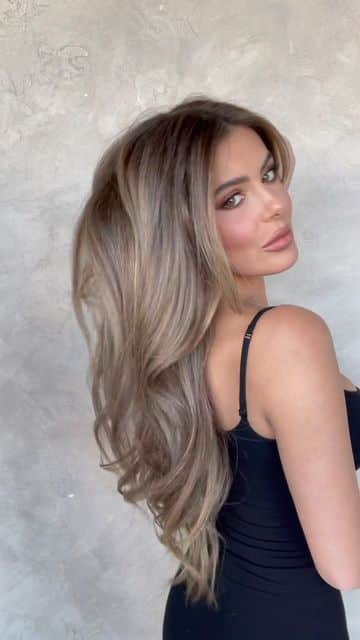
Hand-tied wefts are made by tying hair strands onto a base by hand. They’re great for thin or fine hair because they are lighter and more flexible than machine wefts. These wefts come in smaller pre-cut pieces, and you can attach them by sewing, gluing, or taping into your hair.
Beaded Wefts

Beaded wefts use small beads sewn onto the weft, kind of like a mix of fusion hair and traditional wefts. A professional installs the weft using small beads on sections of the client’s hair, clamping them down for security. Beaded wefts need professional handling and maintenance every 4-6 weeks. They’re faster to install compared to other methods.
What is the best type of hair for wefts?
When choosing sew-in weaves, go for Indian hair. It’s tough and lasts long because it has a natural protein called keratin. The best kind is virgin Indian hair, which has never been treated with chemicals. It comes in straight, wavy, or curly textures, all natural from different parts of India.
Thicker Hair
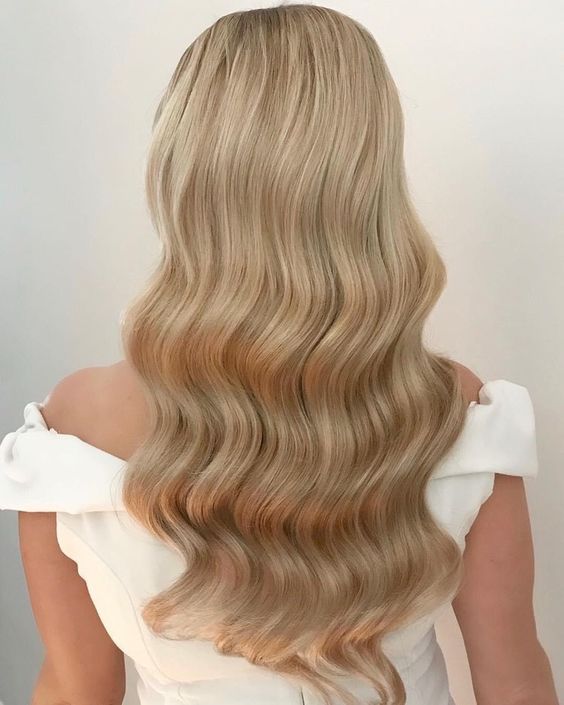
If you have thicker hair, then machine-made wefts are a great option, as your hair will be able to handle the weight of the machine weft extensions.
Thin or Fine Hair
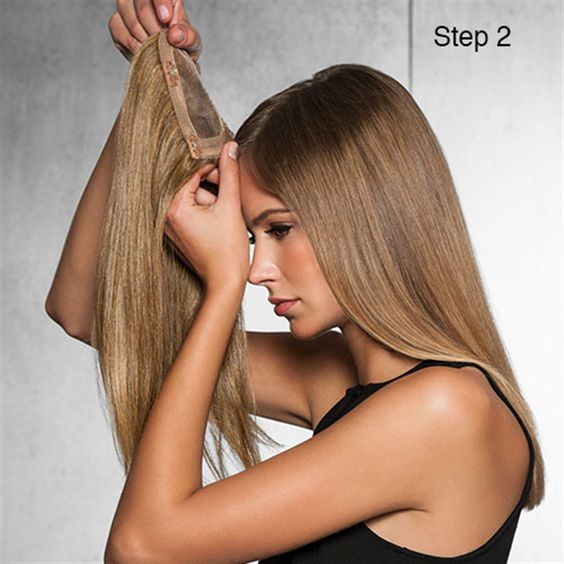
If your hair is thin or fine, go for hand-tied wefts—they’re light and flexible. They might take a bit more time and cost a bit more, but they blend in nicely with your scalp. Beaded wefts work for all hair types; they’re attached with small beads, making adjustments easy—just unclamp, slide up, and re-clamp.
How long do weft hair extensions last?
Weft hair extensions typically last around 6 to 8 weeks, but this can vary. Taking good care of them and wearing them occasionally can extend their lifespan to up to 3 months. Quality matters, and it’s essential to consider your comfort level. Wearing a weft for too long can irritate and damage your scalp. If you’re not comfortable, it’s best to remove them and give your scalp a break.
Conclusion
In conclusion, weft hair extensions are a great way to enhance your hair. Whether you want more length, volume, or a new color, there are different types to choose from, like machine-made, hand-tied, and beaded. Pick based on your hair type and style preferences. Using good-quality hair, like virgin Indian hair, can make your extensions last longer and look more natural. Just remember to take breaks between applications to keep your natural hair and scalp healthy. Weft extensions are a simple yet effective way to transform your look and boost your confidence.